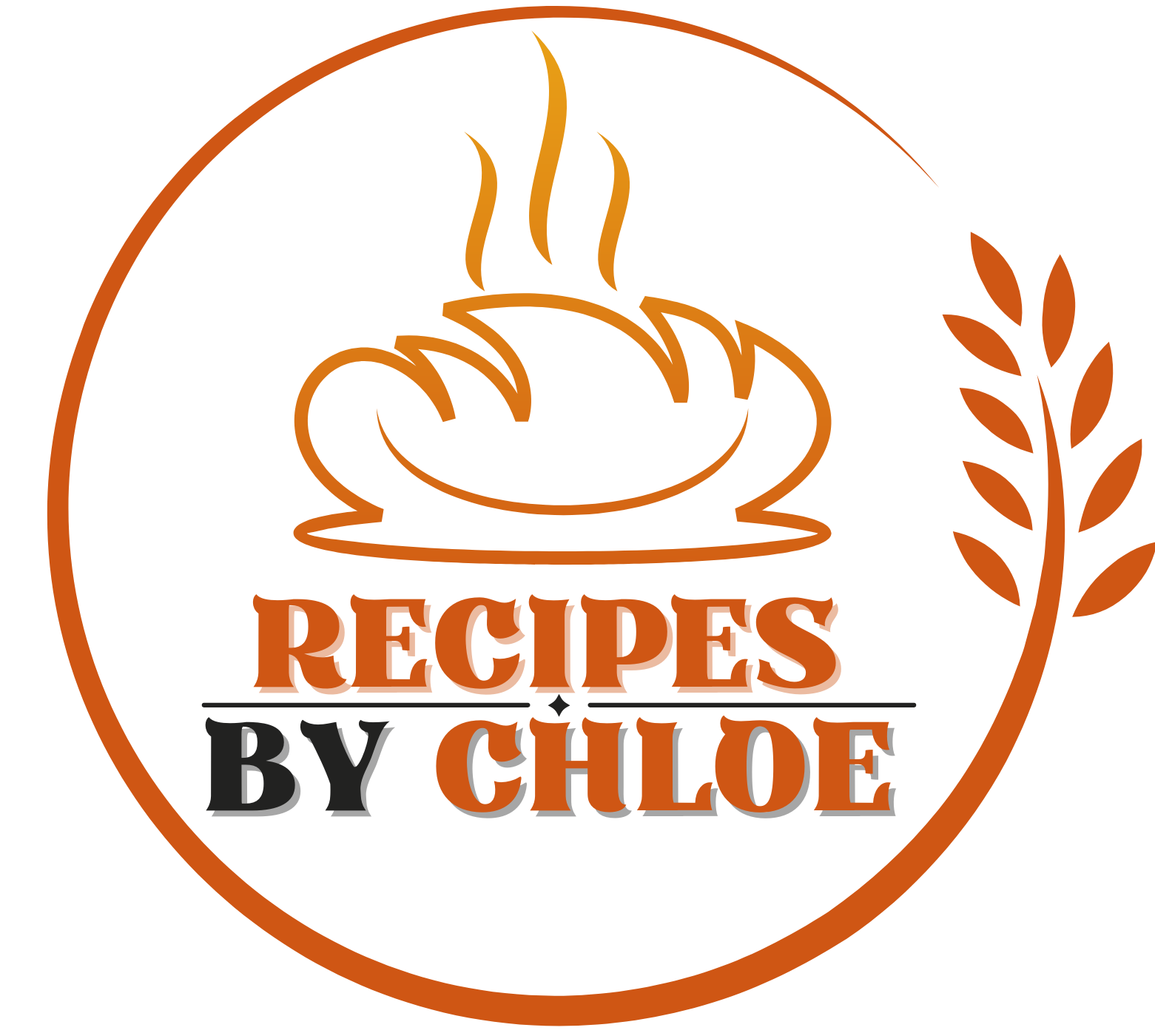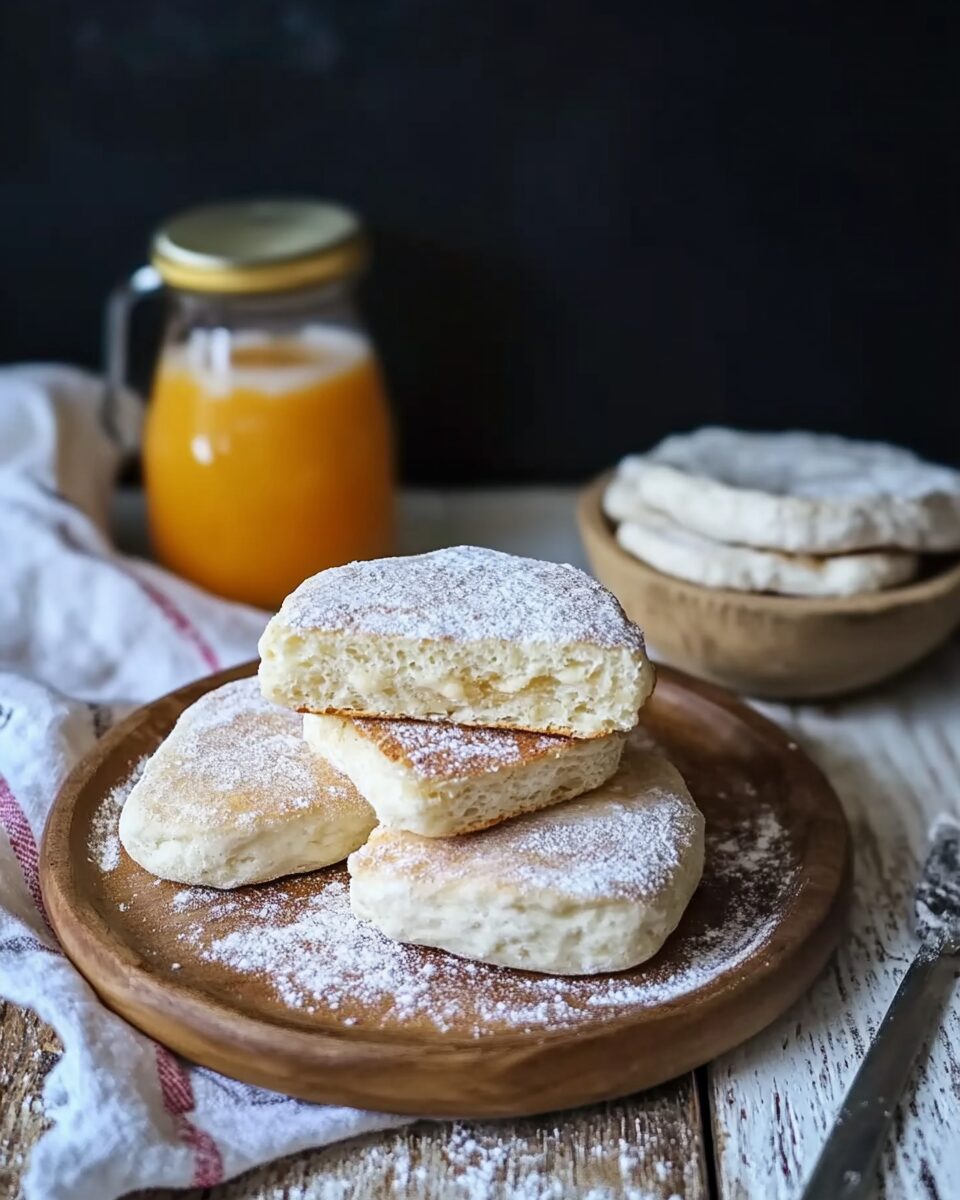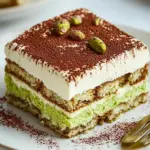Irish Soda Farls are a traditional Irish bread, typically prepared on a griddle or skillet. The term “farl” originates from the Gaelic word “fardel,” meaning “four parts,” reflecting the practice of dividing the dough into quarters. This quick bread uses baking soda as a leavening agent, eliminating the need for yeast and lengthy rising times. The result is a dense yet tender bread with a slightly tangy flavor, making it a staple in Irish households.
Full Recipe:
Ingredients
- 2 cups all-purpose flour
- ½ teaspoon salt
- 1 teaspoon baking soda
- 1 cup buttermilk
Directions
- Preheat Griddle: Place a heavy-based flat griddle or skillet over medium to low heat.
- Combine Dry Ingredients: In a mixing bowl, whisk together the flour and salt. Sift in the baking soda to ensure even distribution.
- Add Buttermilk: Create a well in the center of the dry ingredients and pour in the buttermilk.
- Form Dough: Mix swiftly to form a wet dough. Turn it onto a well-floured surface and knead lightly, just enough to bring the dough together.
- Shape and Divide: Shape the dough into a flattened circle approximately ½ inch thick. Using a floured knife, cut the circle into four equal quarters.
- Cook Farls: Dust the preheated griddle with a little flour to prevent sticking. Place the dough quarters onto the griddle. Cook for about 6 to 8 minutes on each side, or until they develop a golden-brown crust and sound hollow when tapped.
- Serve: Remove from the griddle and allow to cool slightly. Serve warm with butter or your preferred spread.
Nutritional Facts (per serving)
- Calories: 252
- Total Fat: 1g
- Saturated Fat: 0g
- Cholesterol: 3mg
- Sodium: 380mg
- Total Carbohydrates: 51g
- Dietary Fiber: 2g
- Sugars: 3g
- Protein: 9g
The History and Cultural Significance of Irish Soda Farls
The origins of soda bread in Ireland date back to the early 19th century, when baking soda (sodium bicarbonate) was introduced as a leavening agent. At the time, Irish households relied on soft wheat flour, which was low in gluten and did not work well with yeast. However, when combined with baking soda and an acidic liquid like buttermilk, the dough would rise beautifully, creating a soft, airy texture without the need for yeast.
Since many rural Irish homes did not have access to ovens, cooking bread on a griddle or open fire became the preferred method. This led to the development of soda farls, which could be made quickly and easily on a heated surface. The result was a simple yet satisfying bread that could be prepared with just a few basic ingredients, making it a staple for generations. Even today, soda farls remain an essential part of Irish cuisine, particularly in Northern Ireland, where they are often enjoyed as part of the famous Ulster Fry, a hearty breakfast featuring bacon, sausage, eggs, and black pudding.
Why Irish Soda Farls Are a Must-Try Recipe
Irish Soda Farls are loved for their simplicity, flavor, and versatility. Unlike other breads that require lengthy proofing and precise measurements, soda farls are forgiving and easy to make, even for beginner bakers.
Here are some reasons why soda farls should be a must-try for any home cook:
- Quick to Make: With no need for yeast or rising time, soda farls can be made in under 30 minutes.
- Minimal Ingredients: Made with just a handful of pantry staples, they are budget-friendly and accessible.
- Versatile: They can be served with both sweet and savory toppings, making them suitable for any meal.
- Traditional Comfort Food: Their warm, soft texture and rich history make them a beloved part of Irish heritage.
- Ideal for Leftovers: Any uneaten farls can be toasted the next day for a crispy, flavorful snack.
Different Ways to Enjoy Irish Soda Farls
One of the best things about soda farls is that they can be served in many different ways depending on the occasion. Here are some popular serving suggestions:
- Classic with Butter and Jam: Freshly cooked soda farls are delicious with simple spreads like butter, jam, or honey.
- Traditional Irish Breakfast: Enjoy them as part of an Ulster Fry, served alongside eggs, bacon, sausage, and black pudding.
- With Smoked Salmon and Cream Cheese: For a more gourmet twist, top with smoked salmon, cream cheese, and fresh herbs.
- Savory with Cheese and Ham: Slice a warm soda farl and fill it with melted cheese and ham for a delicious sandwich.
- Dipped in Soup or Stew: Serve soda farls with hearty Irish stews, chowders, or vegetable soups to soak up the rich flavors.
- Toasted with Avocado or Poached Eggs: For a modern twist, top toasted farls with avocado, poached eggs, and a sprinkle of salt and pepper.
Variations of Irish Soda Farls
While the classic recipe for Irish Soda Farls remains simple, there are several variations that allow for different flavors and textures:
- Whole Wheat Soda Farls: For a more rustic and nutritious version, swap some of the white flour for whole wheat flour.
- Buttermilk Soda Farls: Traditional recipes call for buttermilk, but for a slight tangier taste, you can use yogurt or soured milk.
- Sweet Soda Farls: Add raisins, cinnamon, or a bit of brown sugar for a lightly sweetened version.
- Cheesy Soda Farls: Mix grated cheddar or parmesan cheese into the dough for a cheesy, savory twist.
- Garlic and Herb Soda Farls: Incorporate chopped fresh herbs and garlic powder for a more flavorful variation.
Tips for Perfect Irish Soda Farls
To make sure your soda farls turn out perfect every time, follow these simple tips:
- Do Not Overmix the Dough: Overmixing can result in dense and tough farls, so mix just until combined.
- Use a Light Hand When Kneading: Too much kneading will make the bread tough, so handle the dough gently.
- Cook on Low to Medium Heat: This ensures that the inside cooks fully without burning the outside.
- Test for Doneness: A properly cooked farl should be golden brown and sound hollow when tapped on the bottom.
- Eat Fresh for the Best Flavor: Soda farls are best enjoyed warm and fresh off the griddle.
Conclusion
Irish Soda Farls are more than just a simple bread—they are a symbol of Irish culinary tradition and resourcefulness. From their origins in rural Irish kitchens to their place in modern breakfasts, these quick and easy farls remain a beloved part of Ireland’s food culture. Their soft texture, golden crust, and ability to pair with both sweet and savory toppings make them a must-try for anyone looking to experience authentic Irish cuisine.






